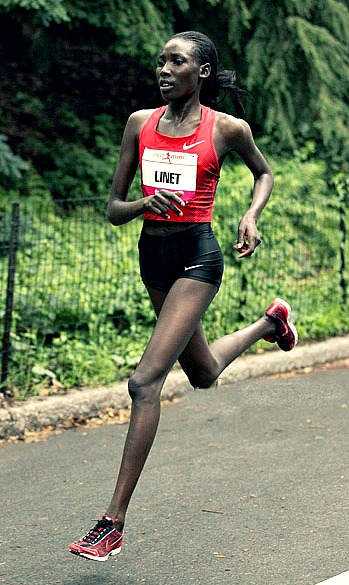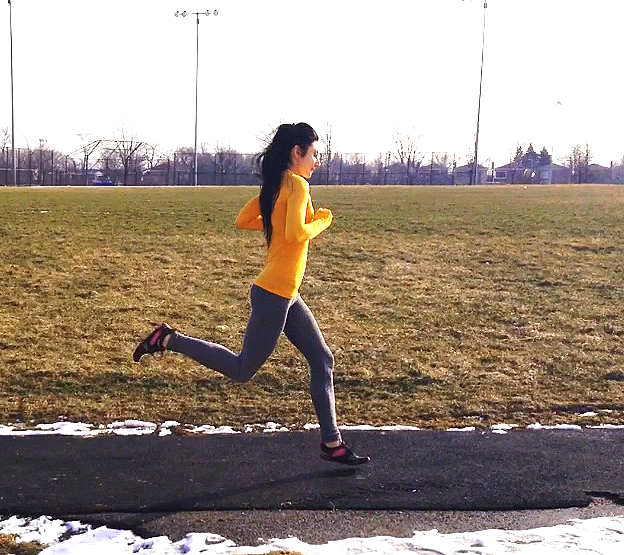In running, we are so used to over-controlling our biomechanics. But when it comes to learning forefoot running, a more optimistic approach is to avoid controlling too many degrees of freedom of your technique, according to a study by Eriksson et al.
Use Your Intuition To Learn Forefoot Running
Many forefoot running learners fall into the habit of rigorously dictating their mechanics during running. In this case, though forefoot running lowers the metabolic cost of running, over-controlling isolated movements simultaneously prevents you from reaping the economic benefits of forefoot running.
Over-controlling too many aspects of your forefoot running technique while you are running reduces efficiency. Instead, the researchers suggested that a runner learning a new running technique, such as forefoot running, should do so via developing an ‘intuition’ for how to run with more relaxation thereby reducing mechanical costs of running.
By tapping more into your intuition, you will have a better chance obtaining a more natural and efficient forefoot running gait.
So what should you do?
Be sure to know the basics of forefoot running: land low, not high on the balls of your feet and bend your knees to soften your footfall, and run a little faster than your normal pace.
As for the rest of your mechanics, let your intuition (listen to your body) guide you to achieve comfort and efficiency.
Remember, forefoot running is about being comfortable -this is why many East African runners look effortless when they run.

The best way to revive your forefoot running technique is by motoring your level of comfort and to be aware of the factors that disrupts your physical level of comfort (i.e running too slow, not relaxing your ankle, knee and hip joints enough, etc).
More From Run Forefoot:
- Pose vs Chi Running
- Gravitational Acceleration in Forefoot Running
- Get Rid of Shin Splints
- Running Shoes for Forefoot Running
- Barefoot Running Prepares you for Shod Forefoot Running
References:
Eriksson et al. Immediate effect of visual and auditory feedback to control the running mechanics of well-trained athletes. J Sports Sci, 2011; 29(3):253-62.
Bretta Riches
BSc Neurobiology; MSc Biomechanics candidate, ultra minimalist runner & founder of RunForefoot. I was a heel striker, always injured. I was inspired by the great Tirunesh Dibaba to try forefoot running. Now, I'm injury free. This is why I launched Run Forefoot, to advocate the health & performance benefits of forefoot running and to raise awareness on the dangers of heel striking, because the world needs to know.
Latest posts by Bretta Riches (see all)
- Can You Run In Barefoot Shoes? Yes, But DON’T Heel Strike! - 21/07/2024
- Why Cushioned Running Shoes Are Really Bad for Your Feet - 19/07/2024
- Do Cushioned Running Shoes Cause Injuries? - 17/07/2024


Leave a Reply